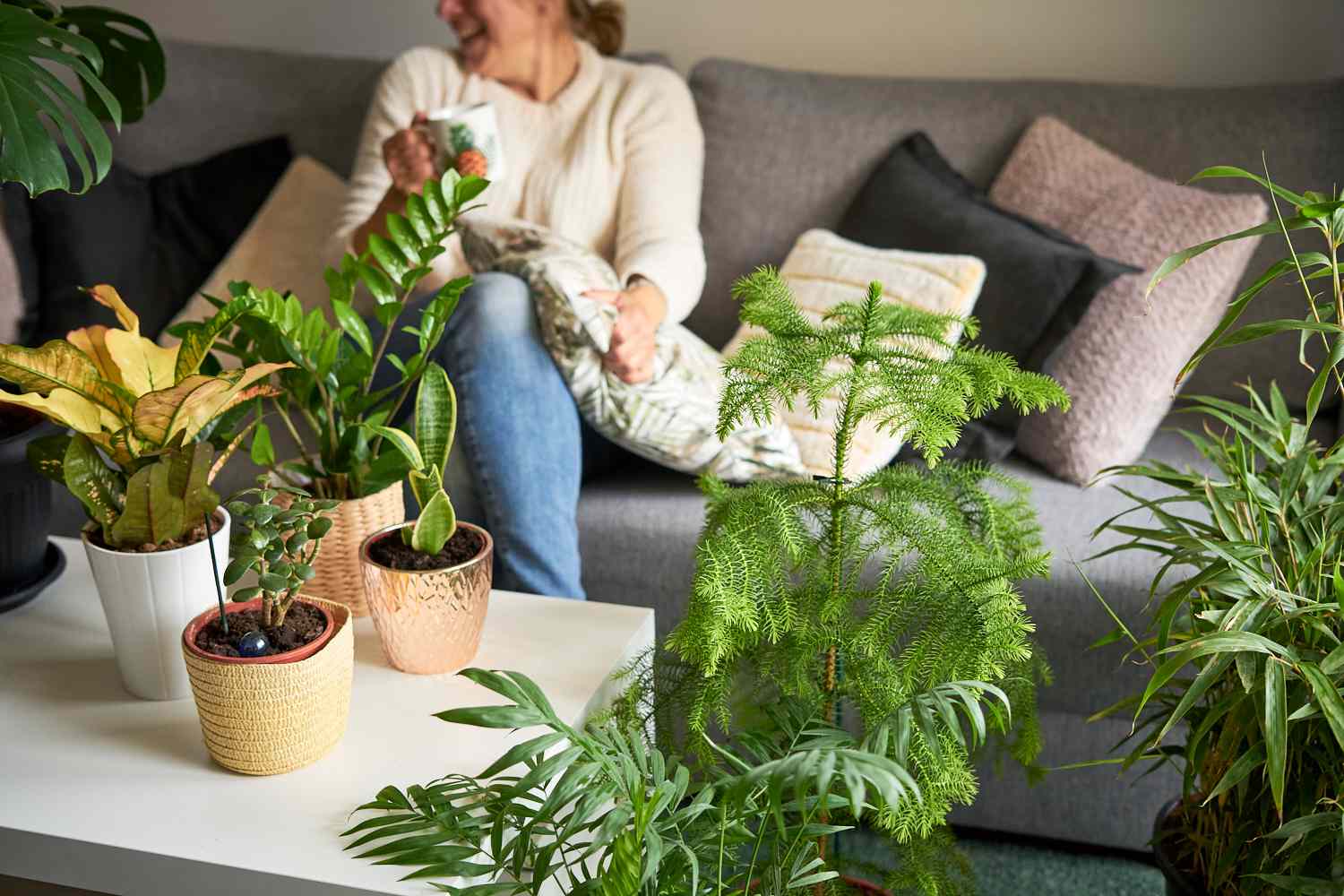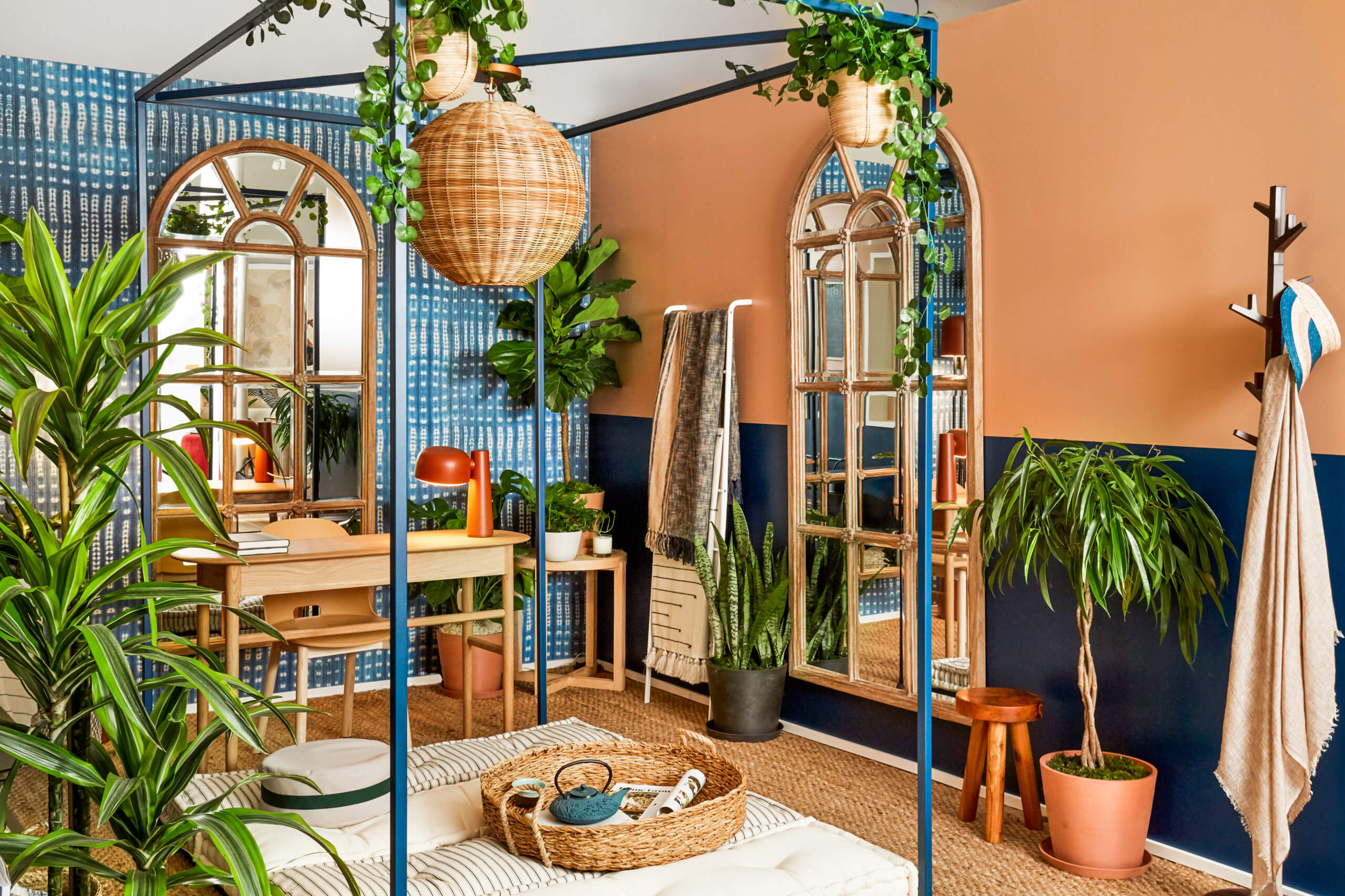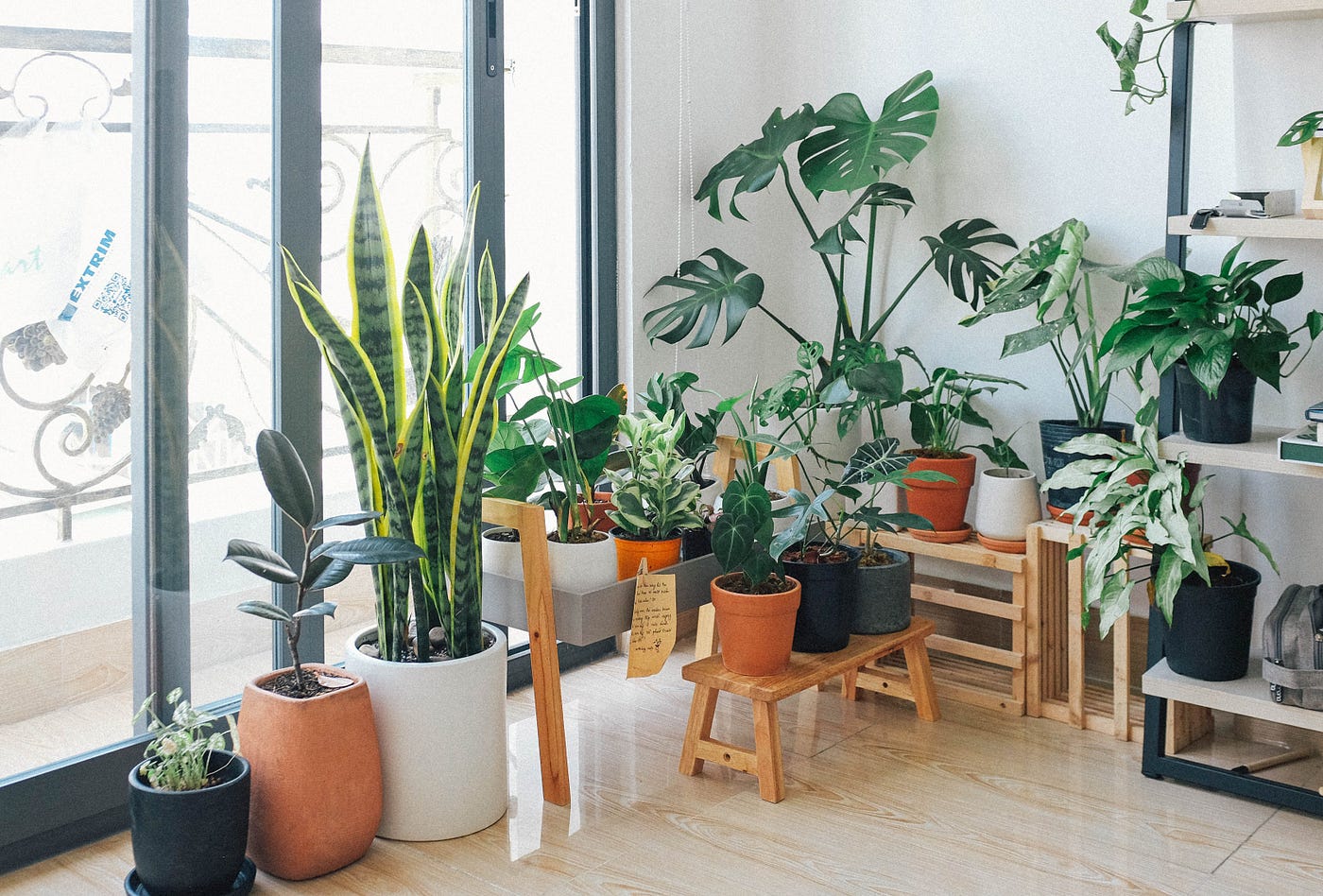Table of Contents
While lush greenery and living plants are often associated with the outdoors, in recent years, they have increasingly become a welcome addition to interior spaces as well. No longer reserved just for conservatories or sun rooms, plants are being incorporated creatively into residential and commercial interiors to enhance décor and foster well-being.
From tropical foliage to delicate herbs and leafy stalks to enchanting blooms, the possibilities for incorporating natural flora into interior design are endless.
In this article, we will explore several inspiring examples of how interior designers are embracing the beauty, vibrancy, and calming allure of greenery through innovative plant arrangements, vertical gardens, and more.
We’ll also discuss the many health and environmental benefits that come from bringing nature indoors and providing living elements in our interior oases. So read on to discover elegant ways to harness the power of plants and incorporate a touch of green magic into your internal design plans.
The Growing Trend of Indoor Plants

Fresh foliage and vibrant flowers are now central elements in modern interior aesthetics, marking a shift from mere decorative accents to integral components of design philosophy.
Recognizing this trend, interior designers and homeowners alike are curating spaces where plants play a pivotal role in enlivening the atmosphere and contributing to a serene ambiance. This growth in popularity can be linked to an increasing awareness of the psychological benefits that a touch of nature can provide, such as reduced stress levels and improved mood.
Sustainability movements also propel this trend, as ecologically conscious individuals seek to create a harmonious balance between their living spaces and the natural environment.
Whether through a solitary, bold monstera in a minimalist setup or a dynamic assortment of succulents adorning a vibrant workspace, indoor plants offer a unique way to personalize and breathe life into our homes and offices.
Innovative Ways to Use Plants in Interior Design

One of the most visually striking ways to incorporate plants into interior design is through vertical gardens or living walls. These installations range from simple arrangements of potted plants on a wall to intricate systems that include irrigation and lighting.
They not only add a touch of natural beauty, but they also provide numerous environmental benefits, such as improving air quality and reducing noise pollution.
Another creative way to incorporate plants into interior design is through the use of hanging planters. These can add a whimsical touch to any space, whether a cluster of small succulents in the corner or a trailing ivy plant cascading down from above.
Hanging planters are also perfect for those with limited floor space, making them an ideal choice for apartments and tiny homes.
For those looking to add more subtle touches of greenery, incorporating plants into existing decor can be just as effective. For example, placing a few small potted plants on shelves or using them to decorate bookshelves and coffee tables can add a pop of color and life to any room.
And for those not blessed with a green thumb, artificial plants and succulents are also becoming increasingly popular options for adding natural elements to interior spaces without the need for maintenance.
The Health and Environmental Benefits of Indoor Plants
Indoor plants not only add an aesthetic appeal to our interior settings but also offer numerous health benefits. Studies have shown that incorporating plants into our homes and offices can improve air quality by reducing toxins, increasing humidity, and filtering out pollutants.
They also contribute to well-being by reducing stress and promoting relaxation. Furthermore, indoor plants have been linked to enhanced productivity and creativity in workspaces, making them essential elements for a conducive environment.
In terms of environmental benefits, plants play a crucial role in regulating the carbon cycle and can help mitigate the effects of climate change. By bringing more plants indoors, we are creating a healthier environment for ourselves and contributing to a greener planet.
The presence of indoor plants also enhances the overall aesthetics of a space, creating a tranquil and inviting atmosphere that fosters a positive mood and mental well-being.
How to Incorporate Plants into Your Interior Design Plans
With so many options for incorporating plants into interior design, it can be overwhelming to know where to start. An excellent way to begin is by considering the overall aesthetic and mood you want to create in a space.
Do you want a more minimalist and modern look? Consider larger statement plants or sleek hanging planters. Are you looking for a cozy and inviting atmosphere? Opt for smaller, clustered plants or those with softer foliage.
It’s also important to consider the lighting and placement of plants in a space. Different types of plants have additional light requirements, so make sure to choose species that will thrive in the available natural light.
If you have limited natural light, there are also options for using artificial plant lights to provide the necessary light for your indoor plants. As for placement, consider using plants to fill empty corners or add a touch of color to a neutral palette. And feel free to mix and match different types of plants for a dynamic and unique display.





